Dogs need plenty of exercises to stay happy and physically and mentally healthy. Even the laziest dogs like Bulldogs and Pugs need some physical activity to keep fit. But there will be days that you will feel lazy to take them out for walks, hikes, or runs. So what do you do?
Of course, you can let them roam free in the yard. However, that can often be risky as they might wander into the street, eat the plants or destroy the flowers in your neighbor’s garden, or worse, leave your neighbor’s yard with brown urine spots or dig a hole and run away!
Yes. I hear you. You can indeed put up fences to contain your canine and prevent them from running into any dangerous situations or bother your neighbors. But that can often cost a lot of money. And if you have an escape artist, they will jump over or dig under the fence and run away anyway! Not to mention, if you pick the wrong fence, it will spoil the aesthetic of your house and yard.
So what do you do? How can you let them out to run around while keeping them safely in one area so that they won’t cause any trouble or damage? The answer is simple! You build a dog run in your backyard!
Read More:
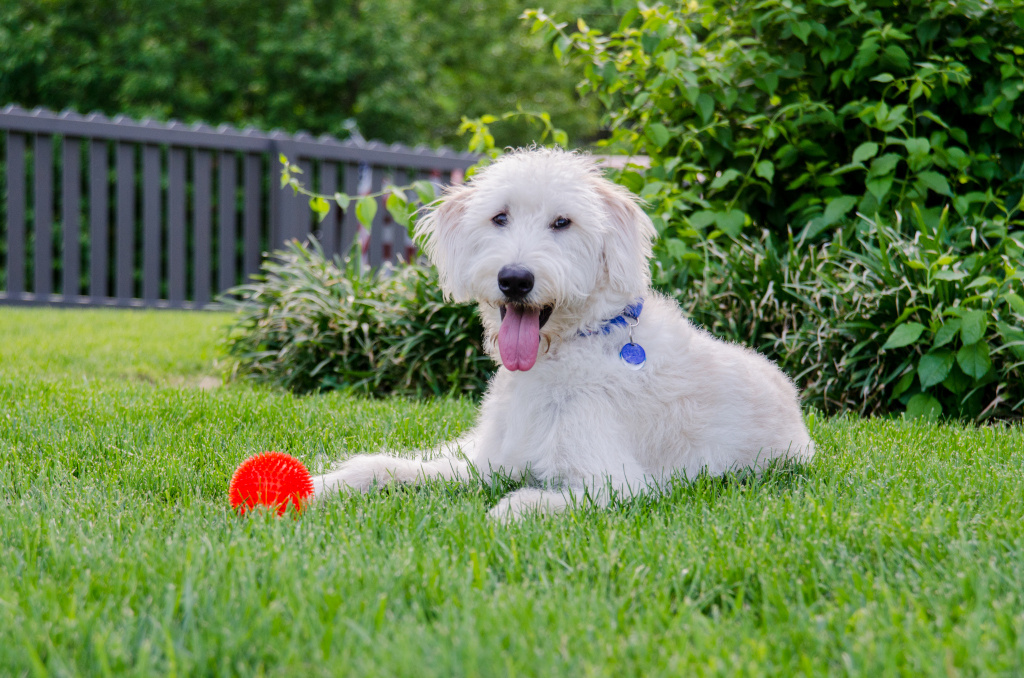
What is a Dog Run ?
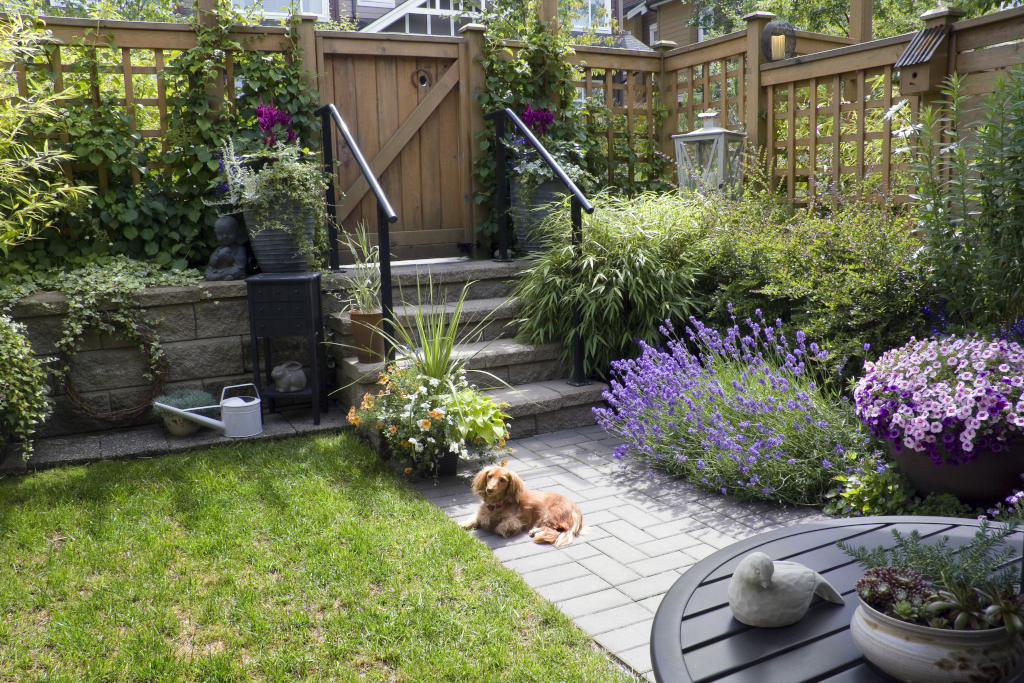
Before we get started, let’s first discuss what exactly a dog run is. A dog run is basically an enclosure or any type of outdoor structure that allows your furry friend to play freely and safely inside without your supervision and the need for a perimeter fence for dogs. It’s like a mini dog park or a hang-out spot for your dog, but in your very own backyard, fully customized to what you’d like it to be.
The size of the dog run will depend on how big your yard is and what type of dogs you have. Some people may prefer to build a bigger dog run to put in some extra exercise equipment for their dogs to use, ultimately keeping their dogs from getting bored too quickly. Others might just be fine with simply putting up an enclosure that’s large enough for their dog to move around comfortably.
Why Should You Build a Dog Run?
So why build one? How exactly do these backyard dog kennels benefit our canine companions, us as owners, and even our neighbors?
- Dog runs provide mental stimulation. Unfortunately, most dogs spend most of their day indoors by themselves during the day because their owners have to go to work. And when the owners are home, they sometimes are just too tired to walk their dogs. This can lead to some behavioral issues, like excessive barking, chewing furniture, tearing up your belongings, depression, separation anxiety, etc. But with the help of a dog run, your canine friend will be able to get the much-needed mental stimulation, hence preventing them from getting bored and destroying your home.
- Dog runs can keep your furkid safe from getting lost or running away outside. We all know how adventurous and easily distracted dogs are. And with the help of their sensitive nose, there are plenty of smells they pick up on every day that could drive them crazy! Your dog might just smell that new hot dog stand down the street and run off towards it without you even noticing!
- They look more appealing than ugly metal fences covered in stains and rust. Just imagine how much prettier your house will look without those ugly fences covering it up! With dog runs, you can custom design and build one that will blend in perfectly with your backyard and house.
- You will no longer need to worry about having a pooping machine in your backyard. Some dogs are pure genius when it comes to making messes, and their creativity includes pooping on the patio, the stairs, or even on your neighbor’s lawn, will drive you crazy! A backyard dog run can prevent that.
- Dog runs can keep your canine from digging holes all over your yard. Dogs love digging holes and running around in freshly dug dirt, but unfortunately for us, they can often do a few thousand dollars worth of damage in just one day if our yard isn’t fenced off with dog runs.
- Dog runs allow you to let your dog out without having to worry so much about someone stealing them. Most dog owners will tell you that their greatest fear is for a thief or animal snatcher to snatch up their furry baby and never get to see their dogs again. A carefully constructed dog run can keep your pup safely inside while allowing them to exercise and enjoy the fresh air!
How to Build a Backyard Dog Run?
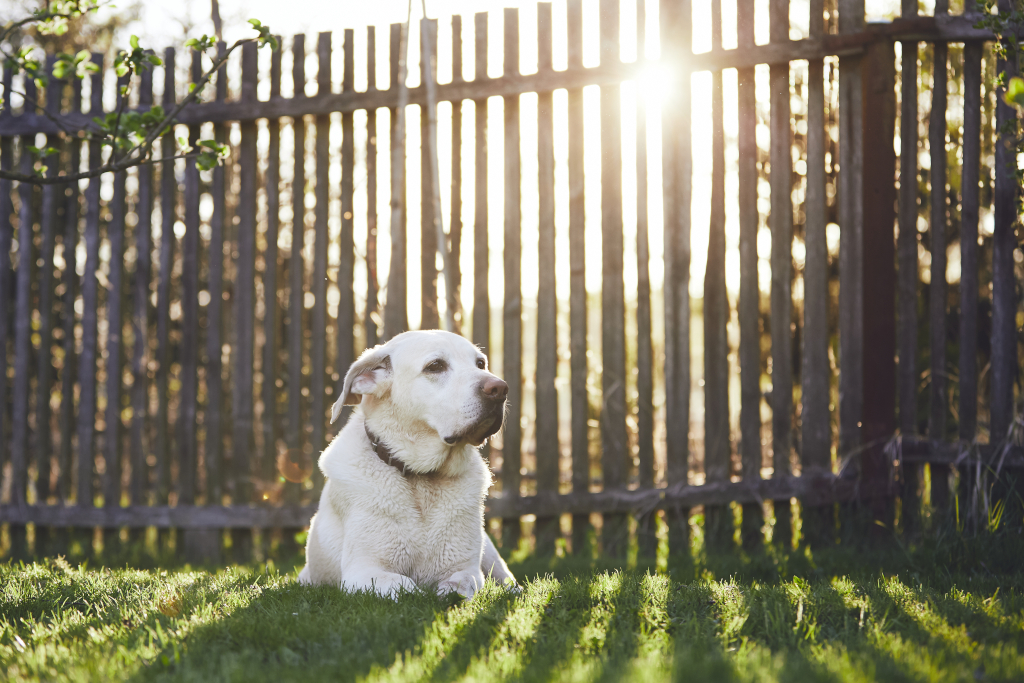
Now that you know the many benefits of dog runs, it’s time to learn what exactly you’ll need and how to build one!
1. Find a Safe Spot to Build the Dog Run
You’ll need to find a good location for your dog run that’s away from any potential dangers. Since you’re building one in your backyard, finding a spot where the dog run will blend nicely into the surrounding area is crucial. And you might want to place it near where you usually will be so you can see them, or perhaps close to your patio so you can enjoy some quality time with your pet while sitting outside.
2. Determine the Size of the Dog Run
When figuring out how big you want for your dog run, keep in mind the size of your canine and whether or not you have multiple dogs. For example, if you have two dogs or have a large dog breed, you’ll obviously need a bigger dog run.
My rule of thumb for building a dog run is that it has to be at least one foot of space per every inch of height that your pup measures. So if you take an average-sized Jack Russell Terrier, for example, which measures about 12 inches tall, you would need at least 12 feet by 12 feet or 144 square feet in area.
That said, a rectangular dog run works better for most dogs than a square one. The reason being is that a rectangular dog run allows dogs to sprint back and forth the length of the run since it’s significantly longer, providing them with increased exercise, and as a result, a happier dog. A square dog run, on the other hand, is more restrictive, as you can imagine.
The height of a dog run can be tricky because some dogs are known for jumping over fences, which is why you need to make sure it’s high enough to prevent this from happening. And I would say 6 feet is a good height since most dogs can’t jump higher than that.
3. Decide on the Type of Fencing for Your Dog Run
There are several different types of fencing that you can use for your dog run, for instance, chain-link fencing, vinyl-coated wire fencing, metal fencing, and wooden fencing. Below, we’ll discuss the goods and bads of each type, and hopefully, it will make your decision a little bit easier.
Chain-Link Fencing
Chain-link fencing is perhaps the most popular option among pet parents, and for a good reason. This type of fencing is durable, especially the galvanized type, and relatively inexpensive. You can also see through it, which means you’ll be able to keep a close eye on your pup while doing your house chores.
The downside is that it’s not very aesthetically pleasing. Plus, chain-link fencing may rust and are susceptible to weather damage. That also means you’ll have to do more maintenance, like painting the fence with anti-rust paint to keep rust in check.
Vinyl-Coated Wire Fence
A vinyl-coated wire fence is also another popular option because it is durable, low cost, and offers visibility through the fencing. It is also more attractive than chain-link fences if aesthetics are important to you. It comes in several different colors like white, black, blue, green, etc. that can easily match your backyard design and landscaping.
The disadvantage with plastic-coated wire fencing is that it is more pricey compared to a galvanized chain-link fence. And while this type of fencing is sturdy, it can still crack or break off in some instances, which will become unattractive.
Metal Fencing
If you’re looking for maximum security, then metal fencing is probably your best bet. They are more robust and can last longer than the two fencing types mentioned above. Metal fencing is also excellent for large or powerful breeds that love destroying things.
They come in several different types like aluminum, steel, iron, etc. Depending on the type of metal used and how they’re made will determine their durability and price. They can also take on a more decorative look than the other fencing types we’ve mentioned above. But this will depend on how artistic you are with your design!
However, metal fences can corrode over time unless you choose the aluminum type. They are also pricier than other types of fencing, but luckily, they don’t require as much maintenance, so over time, it evens out in cost, basically making them worth the investment in the long run.
Wooden Fence
Another option is building the dog run with wood fences, which is my favorite choice because they look incredibly nice! In fact, many people like wooden fences better simply because they’re more aesthetically pleasing compared to chain-link, plastic-coated, and metal fences.
However, wooden fences can deteriorate quickly over time, and your dog can scratch and damage the wood. Plus, wooden fences may not be practical for some pet owners because they require plenty of maintenance. Specifically, they need proper painting and staining to protect them against the elements. So if you’re looking for something that can be left untouched for many years, then this may not be the best choice.
4. Dig Holes for the Fence Posts
Next, you need to keep the run securely by digging holes where each fence post will go. Start from the corners of the run, and the holes need to be 1-2 feet deep with a width of twice the post’s diameter. Then fill it up with concrete to secure them in place.
Make sure to use a fence post hole digger as it will save you some time and energy from trying to dig holes by hand with just a shovel. Plus, using a fence post hole digger is much easier, and you won’t have to worry about injuring your back or hands.
5. Lay Down the Ground Cover
Once you’ve set up the fencing for your dog run, then it’s time to lay down the ground cover. There are many options you can choose from:
- Natural Grass
- Artificial Grass
- Mulch
- Gravel
- Paving Stones and Bricks
- Concrete
And again, we’ll talk about each type in detail!
Natural Grass
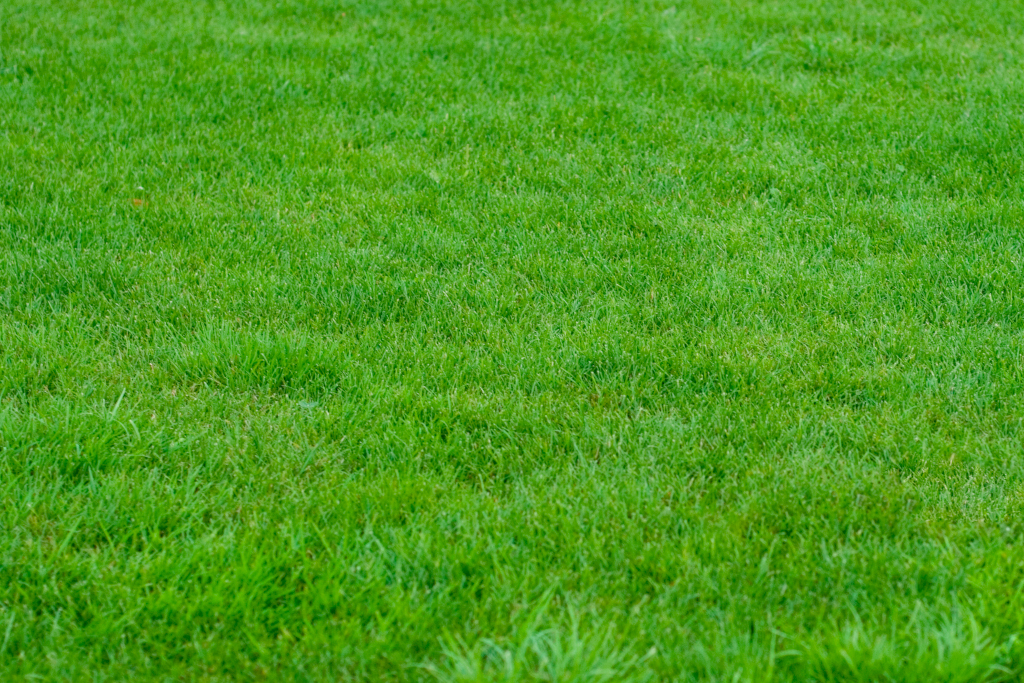
If you choose natural grass, you will need to maintain it regularly, which I don’t like. This is also an expensive choice because it requires more upkeep from you. You will have to pay for maintenance products like fertilizer and pesticides, weeding, watering regularly, and cutting the grass. And if your dog has diarrhea, then it’s going to be an absolute mess!
Artificial Grass
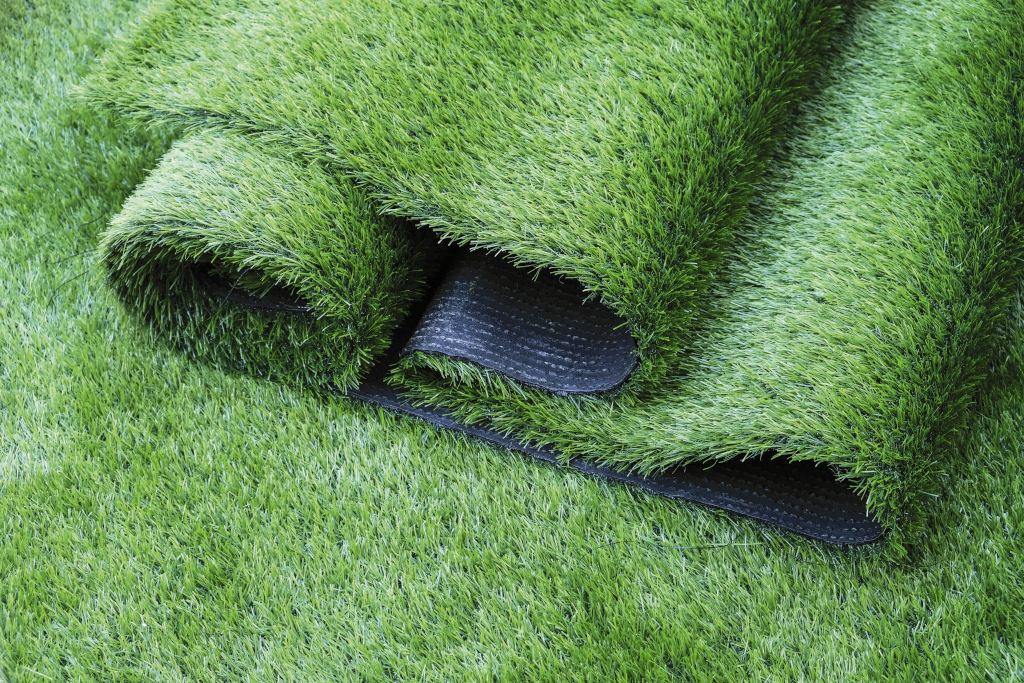
Synthetic turf is becoming more popular because it requires less maintenance than actual grass, and it looks like a real lawn! The best thing about fake grass is that it stays green all year round (no winter browning out), and the best part? No fertilizing, no watering, and no mowing needed!
Mulch or Wood Chips
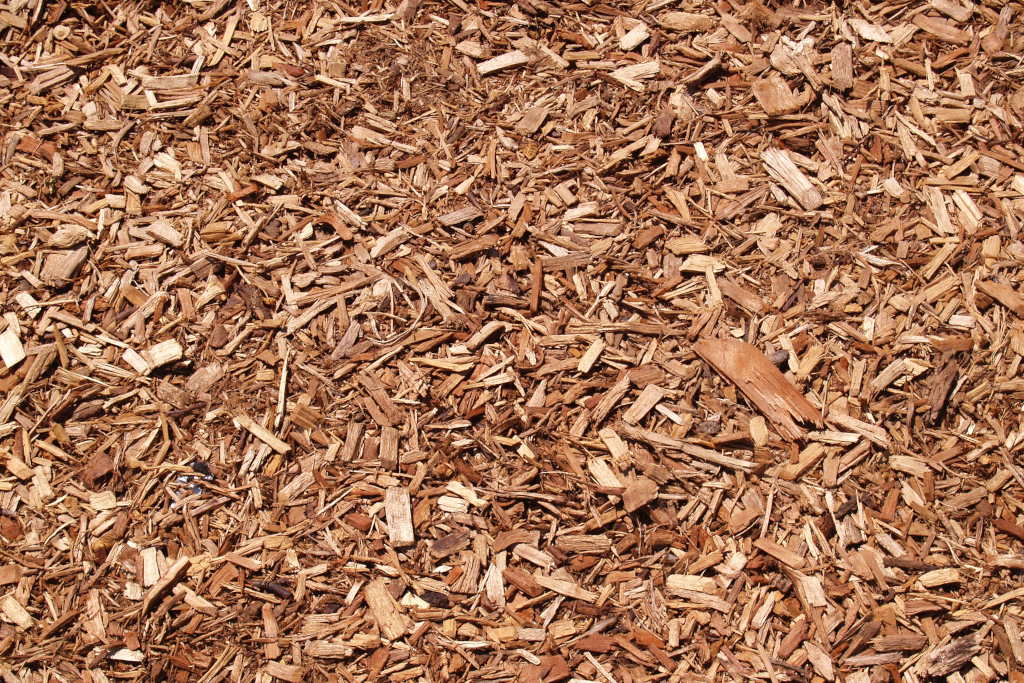
Mulch is a popular choice for dog runs because they are easy to maintain, cost-effective, and blend well with most backyard designs. But if you decide on using mulch for your run, keep in mind that it can get very messy!
In addition, some are not safe for dogs if ingested because of their potential toxicity. If you decide on using a wood-based mulch, make sure to choose dog-friendly ones, those made from non-toxic materials like cedar, cypress, and pine.
Gravel
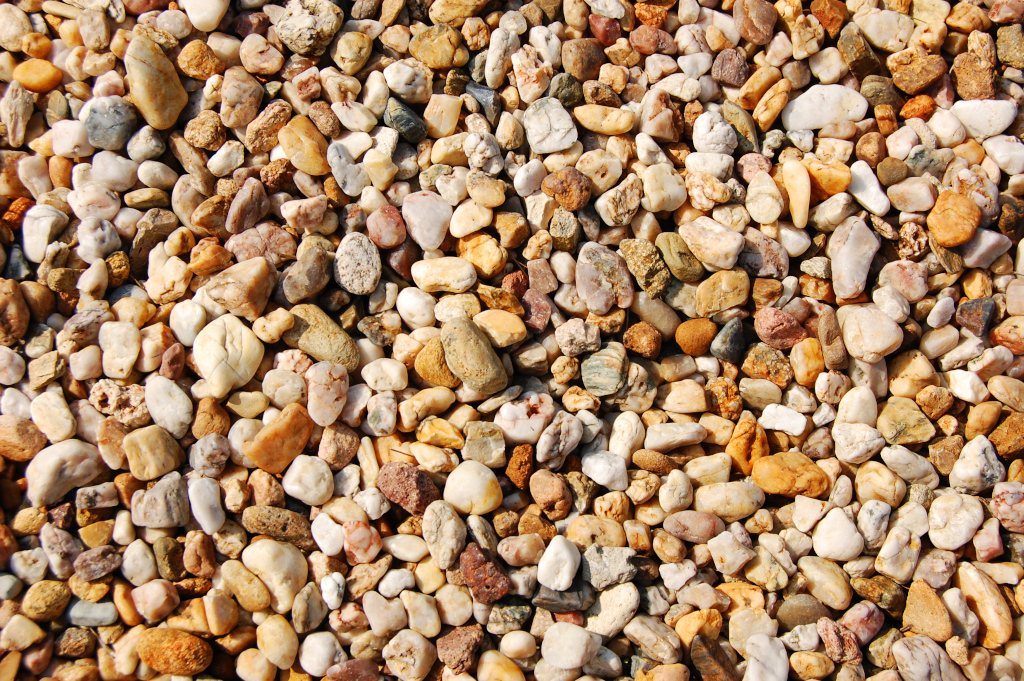
Gravel is another good choice for dog runs because it’s virtually maintenance-free and provides many benefits! For example, gravel is simple to lay down. Plus, it is less susceptible to getting damaged by dogs pawing at the ground. And gravel generally looks excellent as a runner or surrounding the lawn area.
The disadvantage with gravel, though, is that it is not comfortable to walk on. So dogs may eventually develop achy joints from being on this surface all day. It can also get very hot in the sun, which can burn your dog’s tender paws!
Paving Stones and Bricks
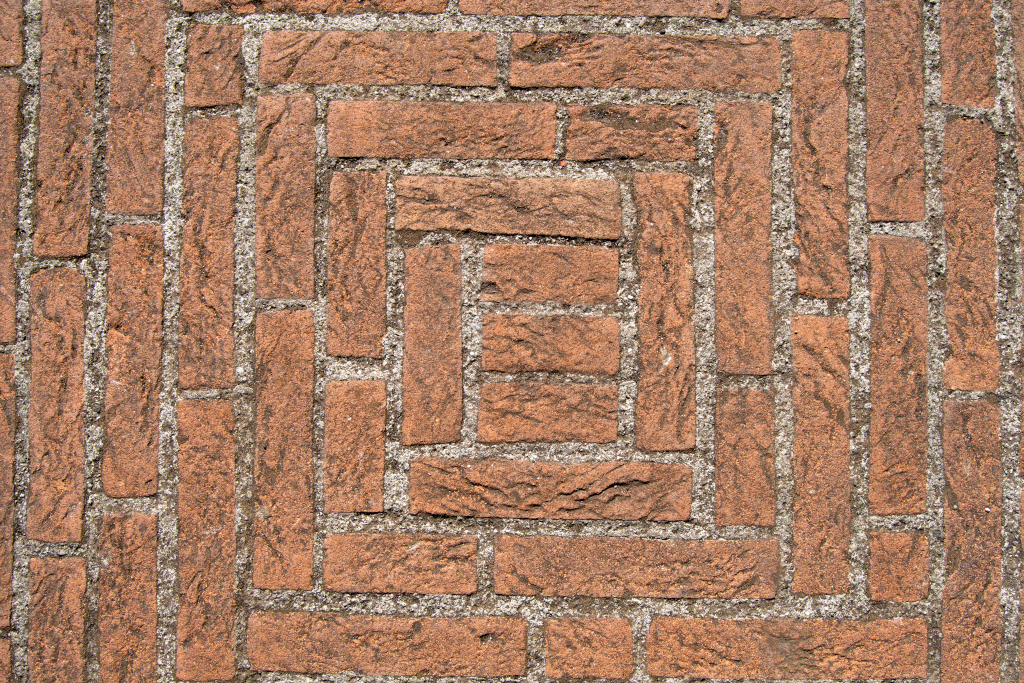
The best of both worlds. The beauty of brick and stone pavers makes a wonderful surface for dog runs. They look great, require very little maintenance, and are pretty much indestructible.
But unfortunately, even though they are durable and easy to clean, paving stones and bricks can be costly. They also have the same problem as gravel, in which they can get hot when exposed to direct sunlight for extended periods, and the heat can be very hard on your dog’s feet!
Read More: How to Care for Your Dog’s Paws
Concrete
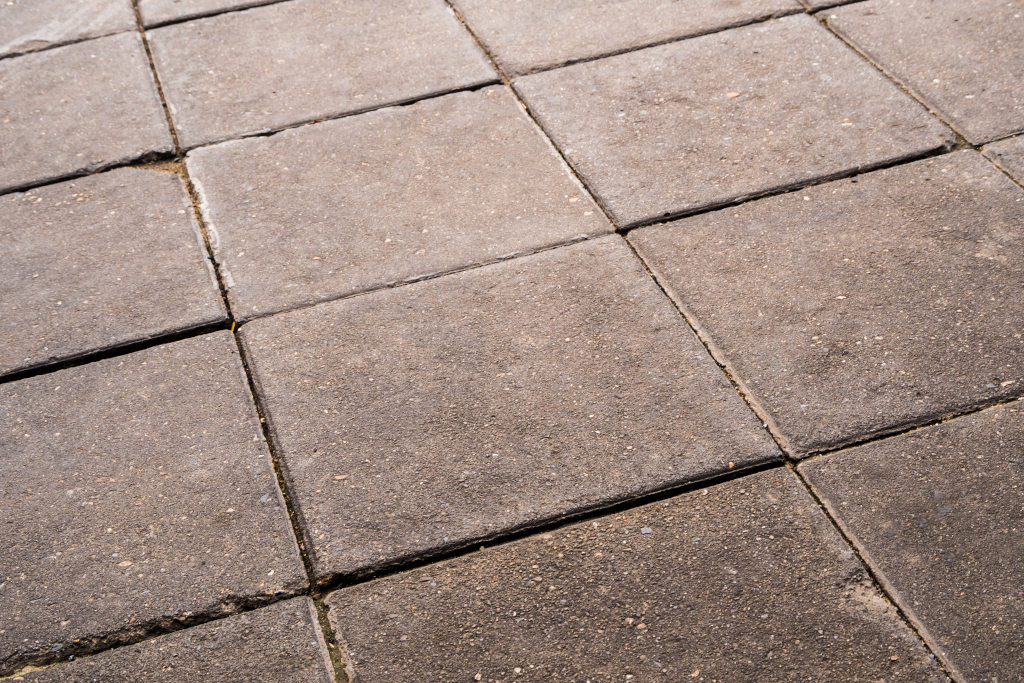
Concrete is another excellent choice for a dog run. It not only gives you the convenience of being able to create any shape, but it is also quick and easy to install! Plus, concrete looks great in any backyard design, whether it is contemporary or traditional. And it’s virtually maintenance-free, meaning more time with your furry friend!
However, the disadvantage to concrete is that it can get hot in the sunlight, just like paving stones and gravel ground cover. The heat, especially in the summer months, can really hurt your dog’s paws!
6. Add a Roof or a Dog House
Depending on where you live, it’s critical to provide shade for your pooch. In warmer weather, dogs can quickly get overheated and dehydrated when they’re left outside all day without any protection from the heat of the sun. So I highly recommend adding a roof or at least a dog house inside the run to protect your canine from getting too hot or, even worse, becoming sick.
7. Consider Adding Fixtures or Equipment
One of the best ways to keep your dog busy and entertained is by adding some weave poles, jumps, open tunnels, seesaws, or even tires! All of these will keep them mentally stimulated and make their day at home happier and more enjoyable. A tired dog is a happy dog, after all.
Conclusion
Although building a dog run in your backyard is not easy, it can be done! By taking the time and planning your project well in advance, you can surely build your four-legged friend their very own doggy playground that will last for many years to come.
If you have ample space, consider incorporating more features like adding dog agility equipment that can keep your pup entertained for hours!
But if you have limited space, there are many things you can do to make their outdoor area fun and interesting as well. For instance, you can build a few obstacles that will force them to go up and down or even in circles. Or you can also place the outdoor kennel adjacent to a side door with a doggie door installed, so they can get in and out anytime as they please. Just don’t forget to think outside the box with this project!
Consider adding shade with a roof or a dog house inside so your furkid doesn’t get too hot when it’s sunny outside. And whatever type of material you choose, whether it’s artificial turf, mulch, gravels, paving stones, or concrete, be sure to consider how easy maintenance will be and which one would work best for your dog!
With some hard work, the backyard dog kennel will, without any doubt, become your furry family member’s favorite place on the planet! And you as a do-it-yourselfer will feel proud of yourself too!

